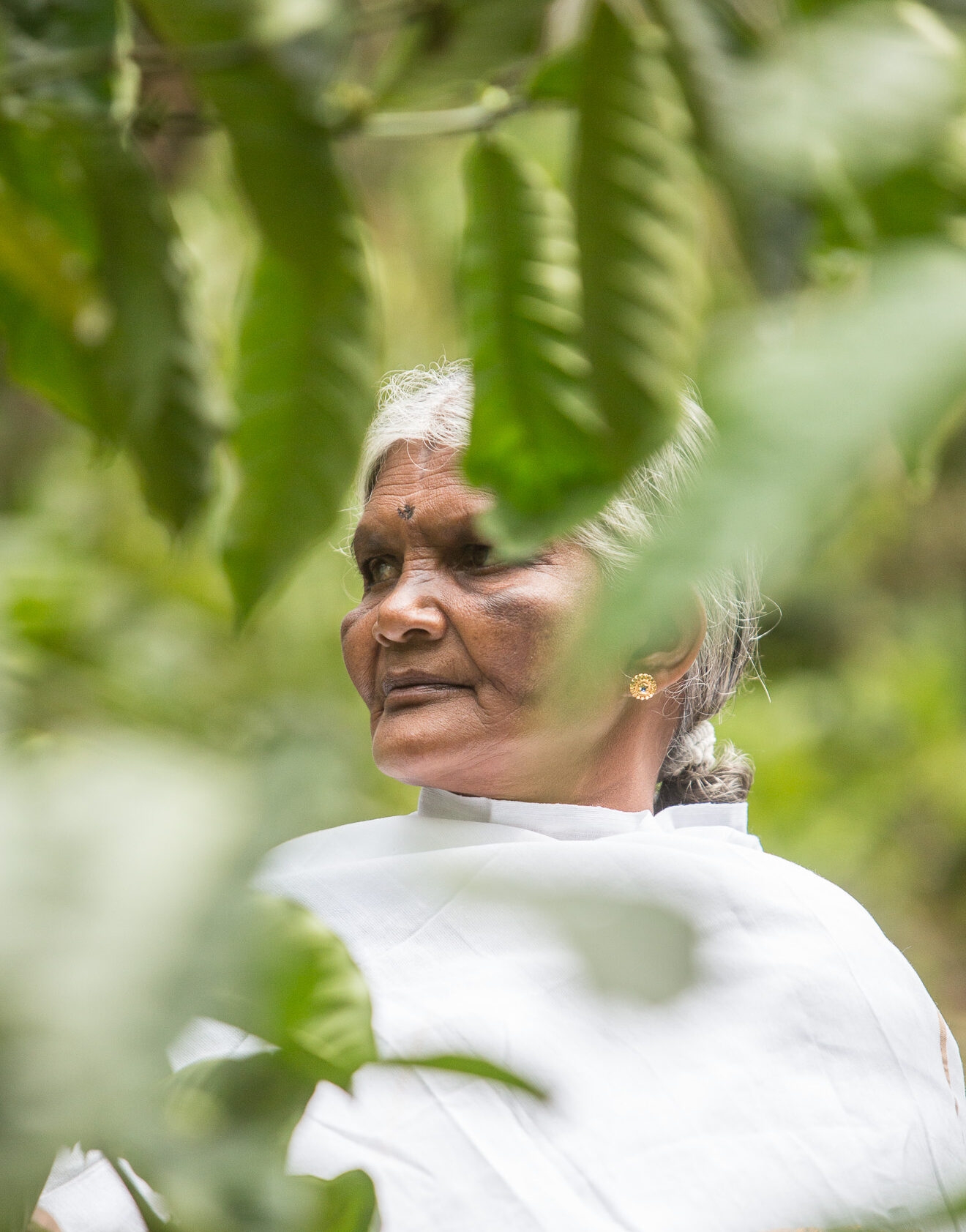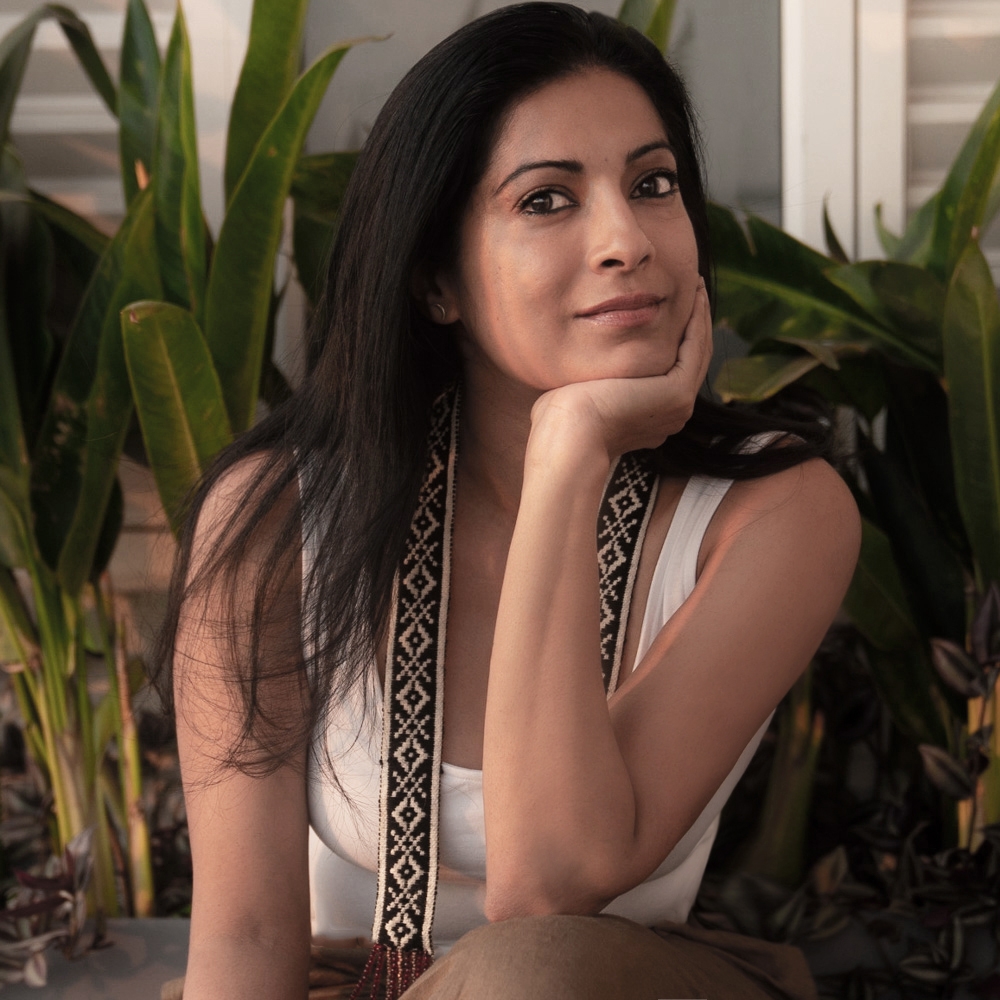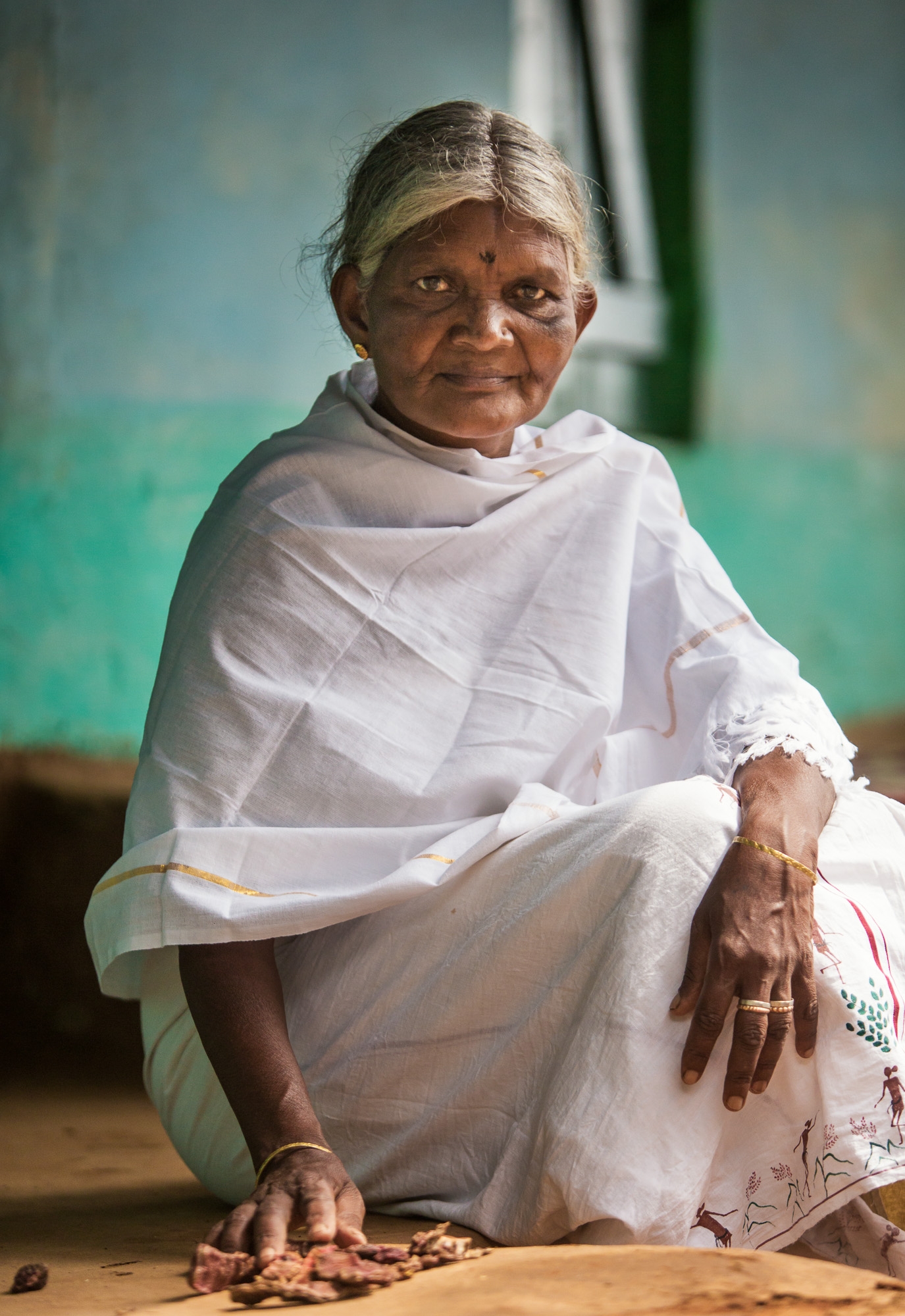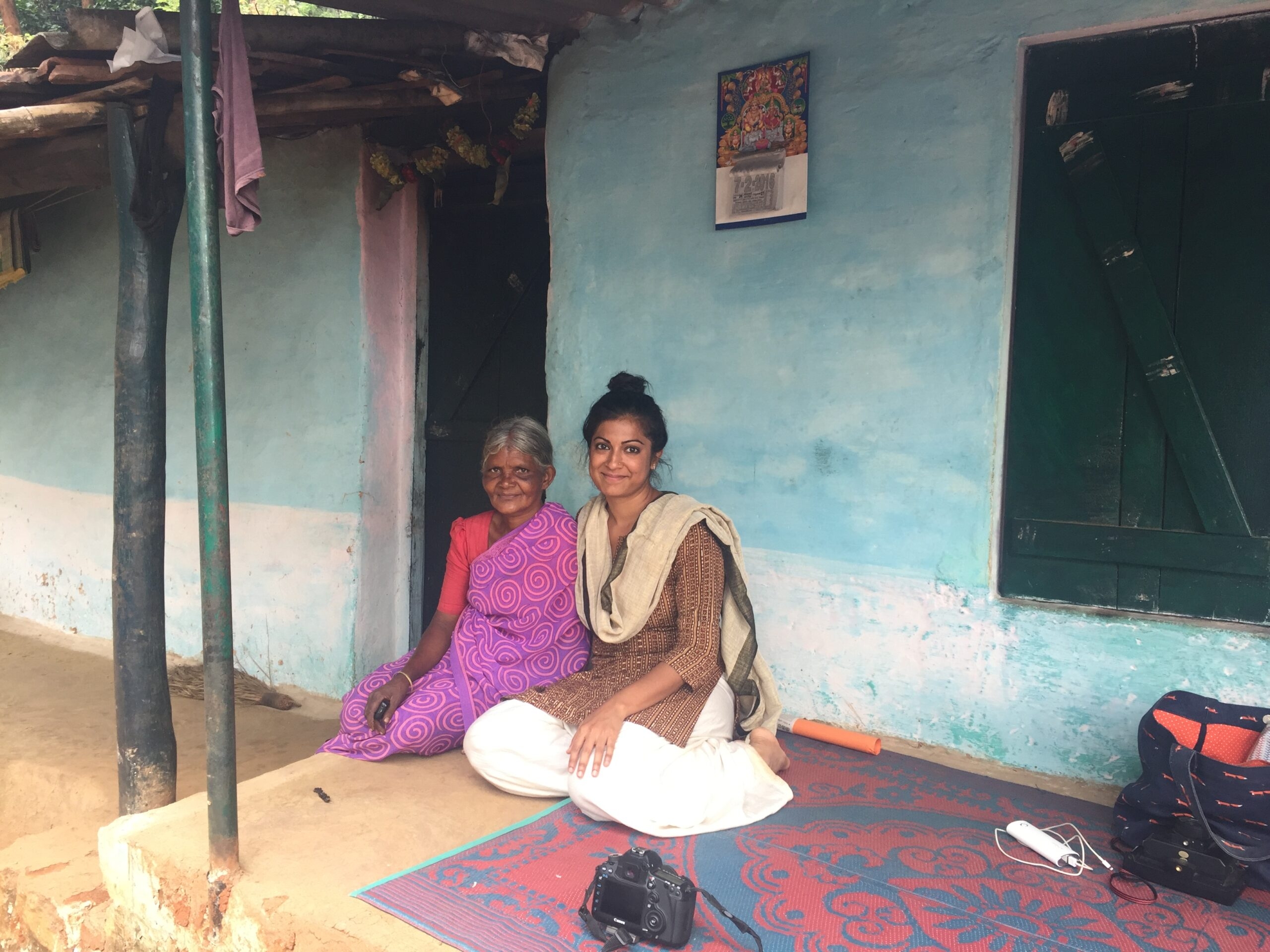And she didn’t. But there is a world of difference between peacefully returning to the land and being taken by a rupture in the very fabric she had spent her life tending. There is a difference between passing within nature and becoming a casualty of an imbalance born of systems that have pushed the forest, its animals, and its people too far.
Janagiamma’s death was a fissure that exposed the fault lines in our relationship with the land and the people who have safeguarded it for generations.
Indigenous communities like the Kurumbas are at the front lines of a polycrisis today—climate collapse, land degradation, and biodiversity loss. They are also the first to bear the consequences of a disruption they did not create. Man-animal conflict, such as the one that took Janagiamma’s life, does not occur in a vacuum. It arises from the fragmentation of forests, the rerouting of migration paths, the pressures of tourism, urban expansion, monoculture plantations, and extractive development. And it is communities like hers that are caught in the crosshairs of these decisions, made elsewhere, in languages they do not speak and rooms they are not invited into. They are made vulnerable not only by location but also by systemic exclusion. They continue to live in places where policy, protection, and basic access remain disorganized and chaotic. They are simultaneously relied upon for their “indigenous knowledge” and marginalized in the very forums where that knowledge could inform meaningful change.
We say their culture is fading. But who is erasing it?
We say there is so much to learn from them. But are we listening to the land and its keepers?
We say they live in harmony with nature. But have we even begun to comprehend what that harmony costs?
We often ask why the younger generation is not “continuing” traditional practices. But do they even have a choice? Have we created systems that make such options viable, respected, and economically sustainable? Or are these questions merely rhetorical, convenient opportunities to absolve ourselves?
From the time I first knew Janagiamma, I asked not to be called “madam.” I said it gently, often, asking her to use my name instead. But she wouldn’t relent. “I’m used to it,” she’d say, smiling. It wasn’t distance but an old thread that held, no matter how close we became. And it was disconcerting, even saddening, that a revered elder like her should feel the need to address me so. It said something about the stubbornness of the gap between us—not personal, but systemic. A reminder that the hardest hierarchies to dismantle are the ones that pass as respect.
The burden to “preserve” a way of life, a community, or a plant cannot fall on those who are also asked to survive. If there is to be a legacy, an earth for future generations, there must equally be empathy, social justice, and a deep understanding of our environment. Pedagogies must change. It is not enough to add “tribal stories” to textbooks. A tribal child should grow up knowing that their knowledge has value. An urban child should grow up learning the names of local trees, migration cycles, and when the bees arrive. The curriculum must become a space of convergence, not erasure.
Tyson Yunkaporta, an Aboriginal academic and author of Sand Talk: How Indigenous Thinking Can Save the World, writes of the “right story” and “wrong story.” The right story emerges from people in “right relation” with land and each other. The wrong story is extractive, detached, and flattened. It leaves behind irrevocable damage.
Much of what we call development is a wrong story, and much of how we respond to loss is a wrong story.
Media coverage of Janagiamma’s death was cursory, described in a few passing lines: “Tribal woman trampled by an elephant.” A note. A statistic. A trope. The carelessness in language is its own kind of violence. This is the arrogant face of the majority media—an entity that decides who matters, and what is worthy of collective grief.
G.N. Devy, a noted Indian linguist and scholar of Adivasi cultures, reminds us that every lost language is a lost worldview. Languages live not only in syntax or structure—they live in medicinal gardens, in chants muttered under one’s breath, in the precise moment peppercorns are picked.
In the past year alone, I have seen other elders pass. One Toda elder I had only recently interviewed and photographed. Another, just as I had begun archiving Toda embroidery traditions, before I could return to listen and learn more. Both departed with their songs, stories, and irreplaceable understanding of the lands they inhabited.
We still have elders among us, and we still have time to invoke their wisdom. But we must begin to acknowledge their presence with the reverence it demands. We must see them not as cultural relics or endangered sources of knowledge but as sovereign, contemporary beings whose worldviews—if truly respected—require us to dismantle our own.
I still speak to some of them. I feel the tremor of that connection more acutely now—with love, yes, but also with a kind of sacred fear that understands what we are losing and what we have already lost.
To call Janagiamma’s death an accident is to misread it.
It was not a singular tragedy, but the culmination of years of silent erosion.
This loss runs deeper than the personal. It is part of a larger unravelling. And so, too, must be our reckoning.
Memory alone will not carry us forward.
We must reimagine how we relate to the land, to those who came before us, and to the futures they were not allowed to carry.





